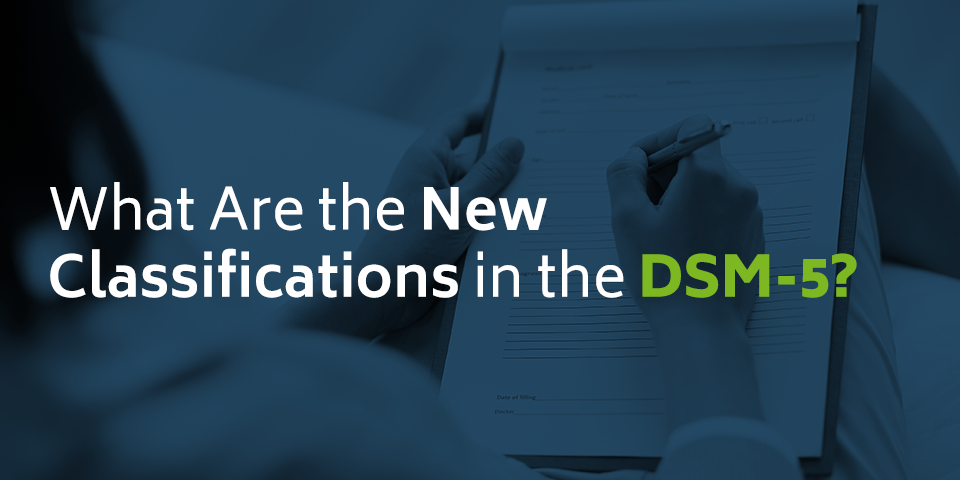

- #Dsm 5 codes cheat sheet 2020 how to#
- #Dsm 5 codes cheat sheet 2020 upgrade#
- #Dsm 5 codes cheat sheet 2020 code#
- #Dsm 5 codes cheat sheet 2020 download#
305 Use Proxy: The client can only access the requested resource through a proxy that's given in the response. 
304 Not Modified: The requested resource has not been changed since the previous transmission.
#Dsm 5 codes cheat sheet 2020 code#
303 See Other: This code tells the client that the server is not redirecting them to the requested resource but to another page.It's another status code relevant to SEO. 302 Found: A website or page has been moved to a different URL temporarily.It's a very important status code for SEO. All users and bots will be redirected to the new URL. 301 Moved Permanently: The server tells the client that the resource they look for has been moved permanently to another URL.300 Multiple Choices: The request the client made has several possible responses.
#Dsm 5 codes cheat sheet 2020 how to#
If SEO is important for the success of your business, then you must educate yourself about these codes and how to use them properly. When a user or search engines come across a 3xx status code, they will be redirected to a different URL from the initial. The 3xx HTTP status codes indicate a redirection.
208 Already Reported: The members of a WebDAV binding have already been enumerated in a preceding part of the (multistatus) response, and are not being included again. 207 Multi-Status: The message body that follows is by default an XML message and can contain a number of separate response codes. 206 Partial Content: The server is sending only a portion of the resource. 205 Reset Content: The client should refresh the document sample. 204 No Content: The server processed the request but is not giving any content. 203 Non-Authoritative Information: The response that the server sent to the client is not the same as it was when the server sent it. 202 Accepted: The client's request has been received but the server is still processing it. 201 Created: The server acknowledged the created resource. Expect to see these types of responses frequently when using the web. For example, you tried accessing, and it came up. Meaning, your request to access a file was successful. 103 Early Hints: Allowing the user agent to start preloading resources while the server is still preparing a response. 
102 Processing: The server has accepted the complete request, but is still processing it.
#Dsm 5 codes cheat sheet 2020 upgrade#
101 Switching Protocols: The protocol the server is switching to as requested by a client which sent the message including the upgrade request header. 100 Continue: Everything so far is OK and that the client should continue with the request or ignore it if it is already finished. These status codes are less common and don't directly affect your SEO. They indicate that the server received and understood the request and that the browser should wait a little longer for the server to process the information. The 1xx status codes are informational requests. 1XX status codes: Informational Requests. HTTP response status codes are grouped into five classes: HTTP status codes let us know the status of the request to the server is, if it was a success, had an error, or something in between.Īn HTTP status code is a number that summarizes the response associated to it – Fernando Doglio, from his book “REST API Development with NodeJS”. This relationship between clients (like Chrome, Firefox, etc.) and servers (like websites, databases, emails, applications, etc.), is called the client-server model.Ĭlients make requests to the server and the server responds. The internet is made up of two fundamental but very different things: clients and servers. #Dsm 5 codes cheat sheet 2020 download#
Download this HTTP Status Codes Cheat Sheet ⇣ Use this HTTP status codes cheat sheet ⇣ as a reference to every HTTP status and HTTP error code, what each code means, why they are being generated, when the code might be a problem, and how to deal with the problems.







 0 kommentar(er)
0 kommentar(er)
